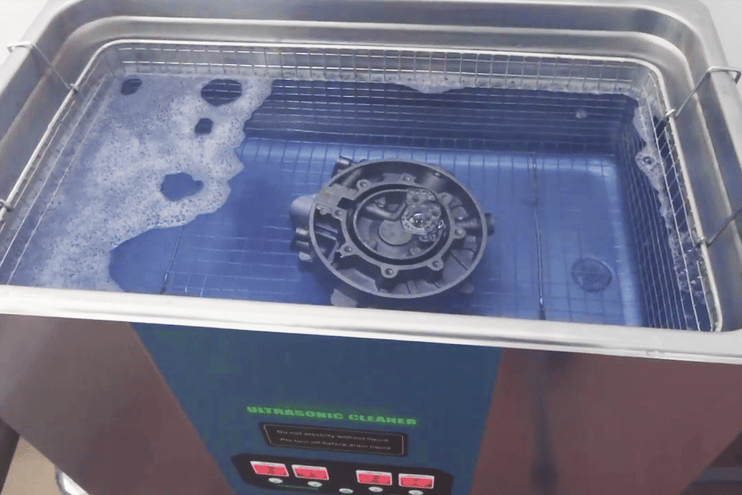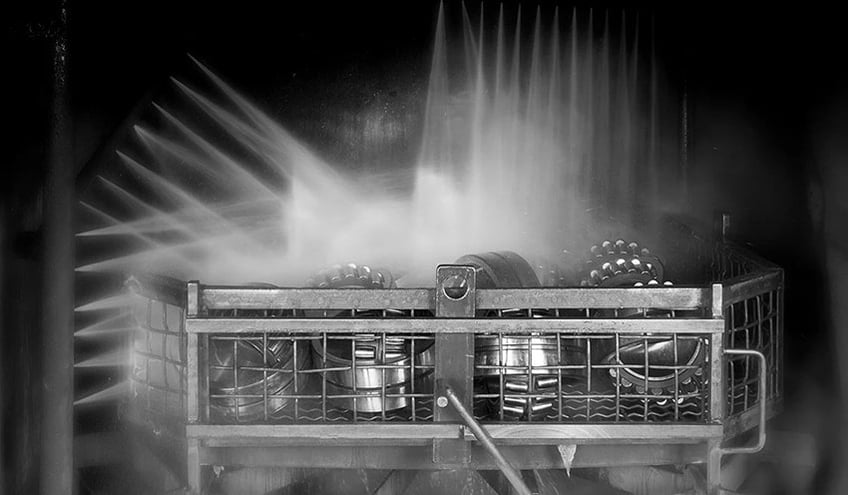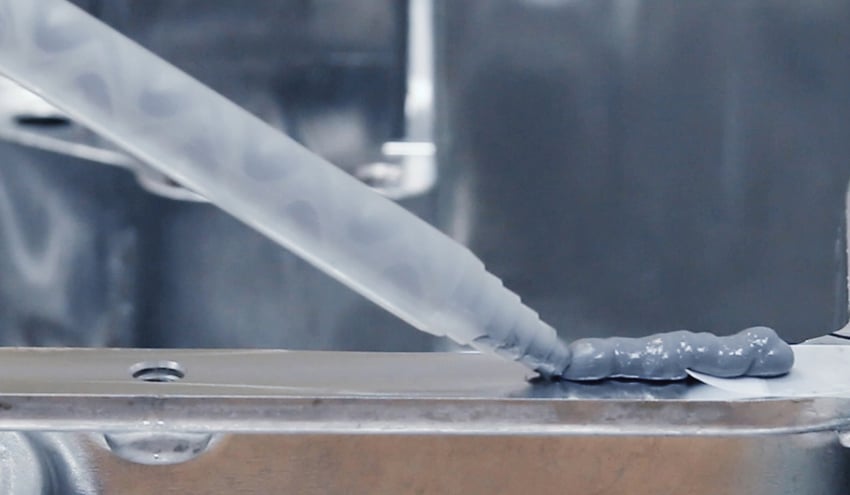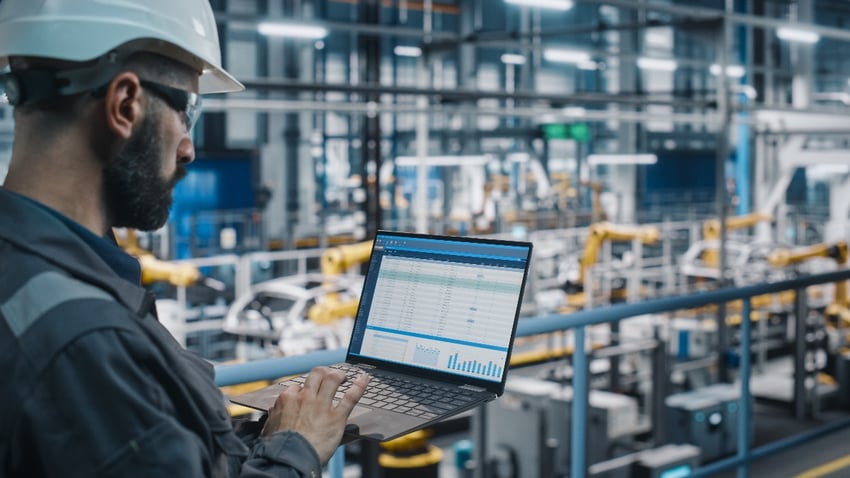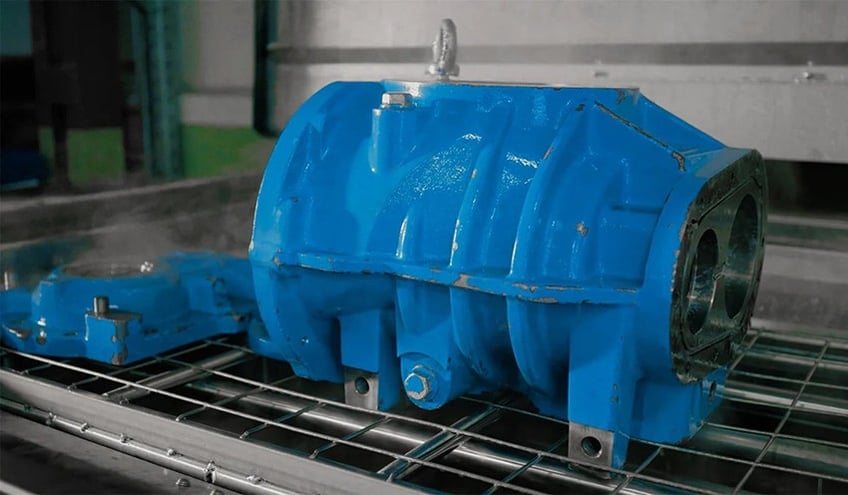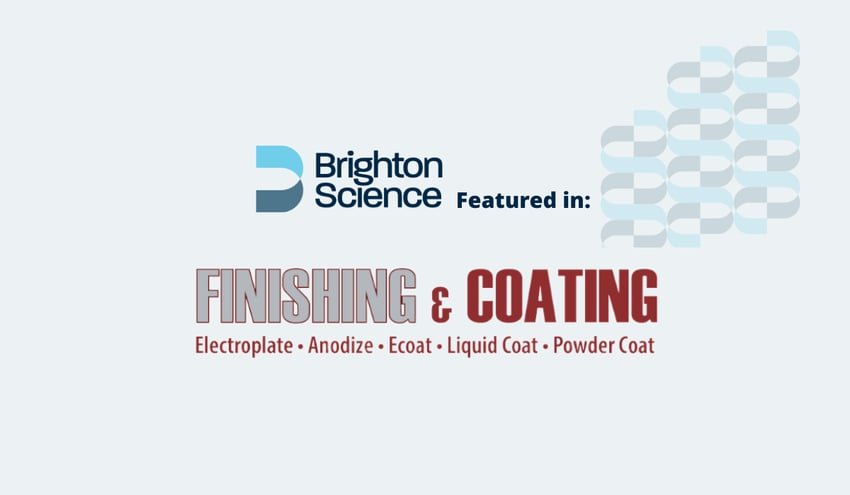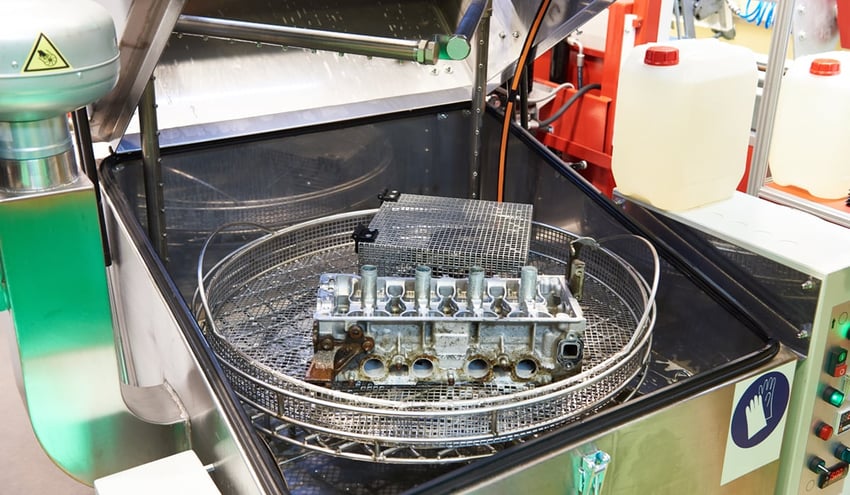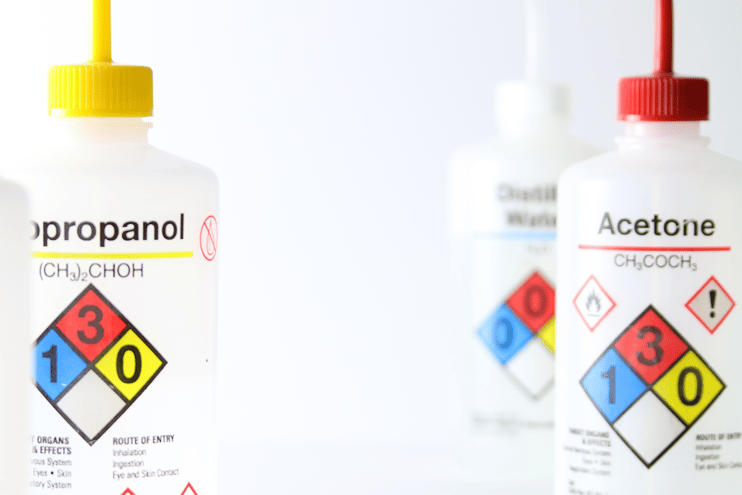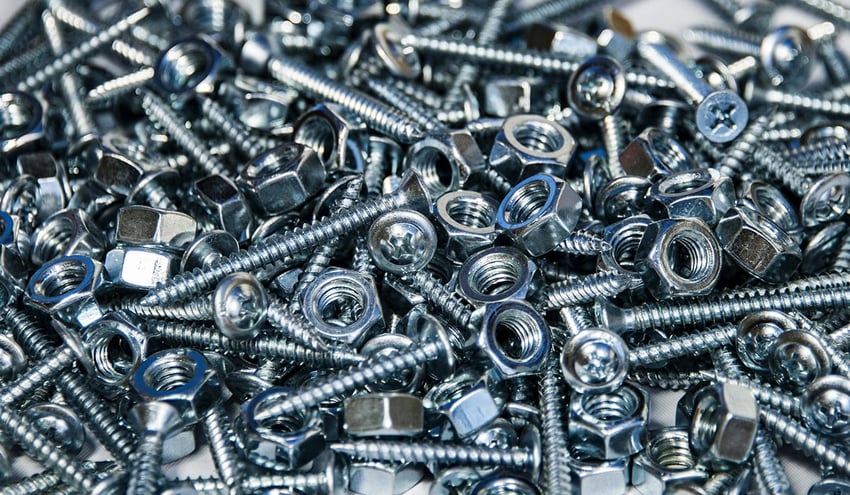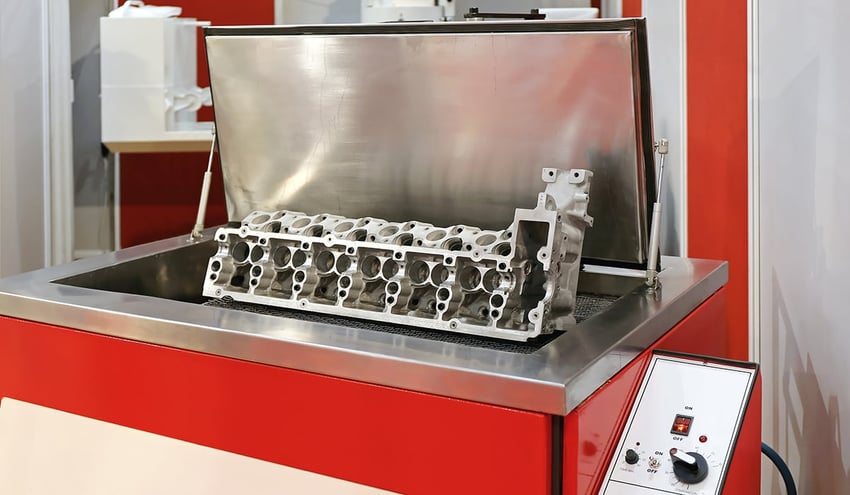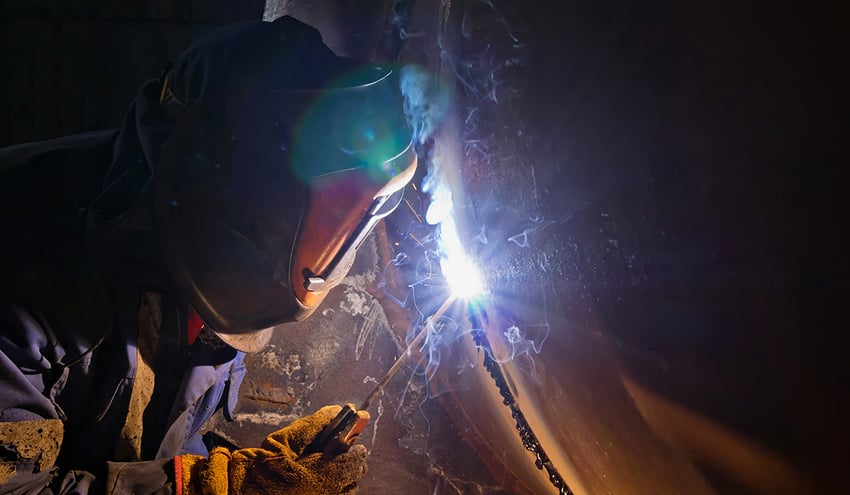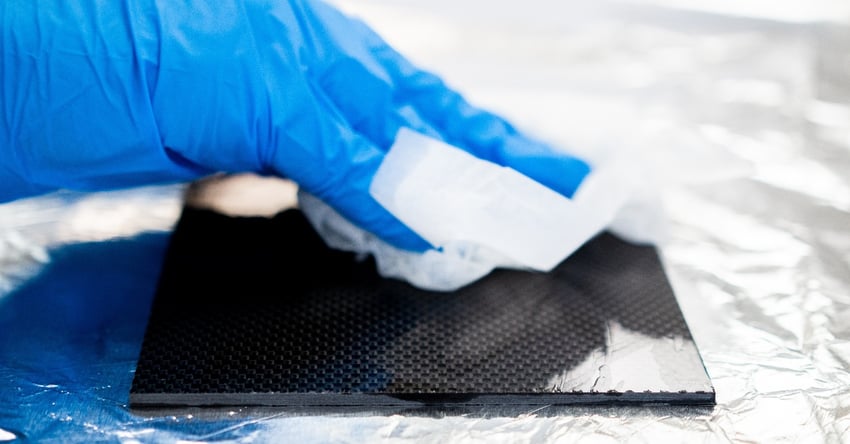Cleanliness and adhesion go hand-in-hand. If you’re looking for an adhesion process to be successful, you are also absolutely interested in cleaning the materials involved in the application.
To get the most out of your cleaning operations, it’s imperative to know three things:
- What does clean actually mean?
- What are the best ways to clean materials?
- How do you know if you are cleaning enough?
What Does Clean Mean?
Defining “clean” will depend on the application and the material used, but every manufacturer needs to know some universal fundamentals about cleanliness.
Clean does not always mean clean.
The most basic definition of cleanliness is the removal of particulates from material surfaces. Traditionally, surface quality has been equated to the mere removal of detritus and oils from the surface. However, when the goal is predictable, reliable adhesion, particulate removal is an incomplete definition of clean.
When we talk about cleanliness, we are talking about chemical cleanliness. Adhesion is fundamentally a chemical process that occurs at the top few molecular layers of a material surface. For adhesion to succeed, the correct chemical compounds must be present on the surface that will interact and bond with the chemicals in the adhesive, coating, paint, or ink.
Rethink your adhesion manufacturing processes with Surface Intelligence.
How to Get it Clean
A cleaning step removes contaminants from the material to reveal the chemically amenable surface beneath it. To do this, certain things need to be considered. Is the substance you are trying to remove from the surface soluble in the chemicals you are introducing to the surface? When dealing with cleaning chemistry, it is helpful to remember “like dissolves like.” Substances that have a similar chemical makeup and share the same polarity will dissolve into one another and be able to be removed from the surface, revealing the chemically clean surface underneath.
In manufacturing, many steps and a lot of equipment are used to remove bulk particulate from surfaces. These can be ultrasonic parts washers, vapor degreasers, industrial baths, media blasting equipment, and manual wipes. With all these methods, the resulting surface quality must be assured by dialing in and controlling the parameters. A useful rubric for what elements need to be controlled in a cleaning operation is to think about what changes need to be made to the TACT:
Temperature
Agitation
Chemistry
Time
Adjustments to these elements will vary depending on the equipment and type of cleaning operation. Some washing machinery, like ultrasonic cleaners, have great agitation (the physical disruption of particulates), so the chemistry of the fluids used must be examined closely. When parts go into industrial washers at various states of cleanliness, it can wreak havoc on the chemistry of the wash fluids. When particulate is removed from a surface, it is left behind, altering how clean the liquid is for the next part to be washed. If the chemistry is not controlled and the surface quality is measured, then it is impossible to have real assurance that the parts going through these wash operations are truly getting clean. To get the most out of cleaning equipment and processes, manufacturers must optimize them by properly managing the TACT of each procedure.
Making Sure the Cleaning Procedure is the Right One
When parts are at different degrees of cleaning and have different kinds of contaminants on their surfaces, they require different levels of TACT. To illustrate this, it is helpful to think about trying to wash a lasagna pan in the dishwasher. If the lasagna pan is loaded into the dishwasher with all the other dishes and all of the settings are held constant at the levels they would normally need to be at for plates and utensils, then that lasagna pan is not going to come out clean. Not only will all the cheese and such not be removed but it will most likely be baked onto the pan surface, requiring even more rigorous cleaning afterward.
This is similar to how industrial parts cleaning can work. Microscopic crud and undesirable chemistry can be “baked” onto the surface, so when it comes time to bond or coat, you aren’t adhering to the surface you think you are. You are trying to bond to the equivalent of baked-on cheese, which will never work. You have to ensure the products going through the parts washer are at a certain level of cleanliness before they proceed.
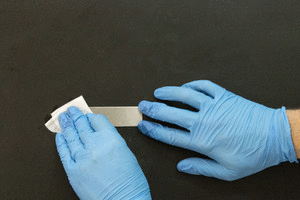
In many industries, cleaning processes are still manual and employ some version of a wiping step. To optimize these processes, it is important to know that they are being executed properly. There is a wrong way to wipe a surface. You can read this blog post about common mistakes made in manufacturing that detail how to ensure the surface gets cleaner after wiping. But to summarize, there needs to be a uniform amount of pressure applied in one direction using only one side of the cloth. Consistently doing those things will vastly improve the effectiveness of manual wiping operations.
How to Monitor Cleanliness
In order to know that the TACT is dialed in properly, a surface quality evaluation must be done immediately before and immediately after the cleaning step. You must know the cleanliness of the surface going into the operation and coming out so you can measure just how much it has changed during the cleaning. Putting a quantitative value on the surface quality gives you a measurable baseline to build off of and a reliable metric for knowing how close you are to meeting your cleanliness standards.
Revolutionize Your Manufacturing with Surface Quality Inspection Technology.
Any surface quality inspection that will give actionable data to set your TACT precisely needs to have the following things:
- A sensitivity to the molecular makeup of the material surface
- A quantitative test result
- A non-destructive test method
- The flexibility to be used on the production line or wherever the cleaning is being done
Using an automated surface inspection system that can immediately flag when a part comes through the wash cycle out of spec can add even more efficiency to optimizing cleaning operations.
Ultimately, it is important to know that cleanliness for proper adhesion relies on a chemically clean surface and a fine-tuned process that is monitored and controlled. Understanding these things will create cleaner parts and help eliminate adhesion failure. Download the eBook to learn more about how to control all aspects of manufacturing to ensure flawless adhesion. Get your copy here: Metrics That Matter: Quantifying Cleaning Efficacy for Manufacturing Performance,

